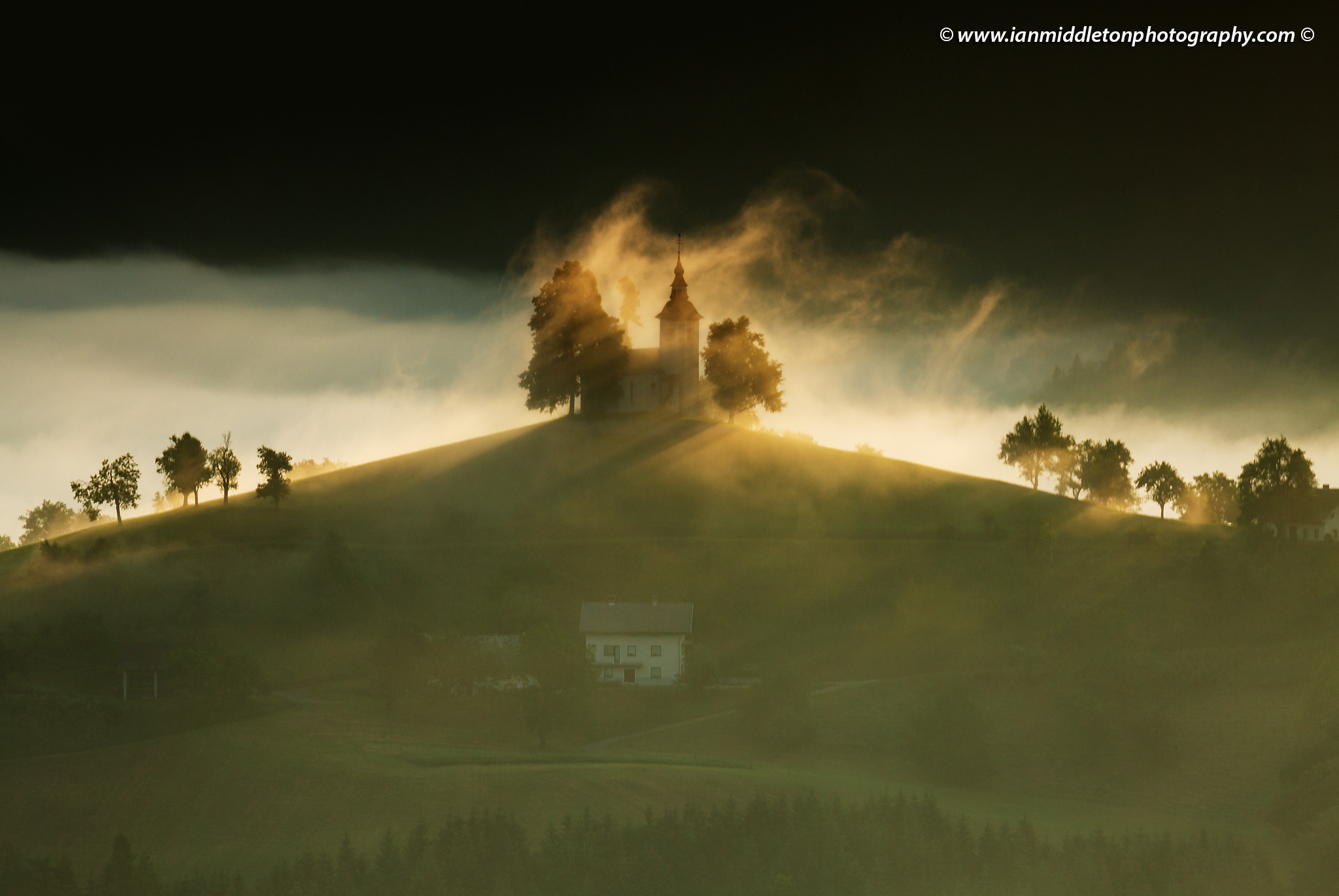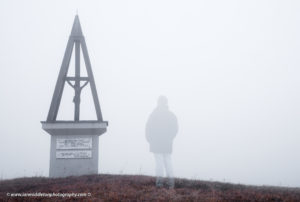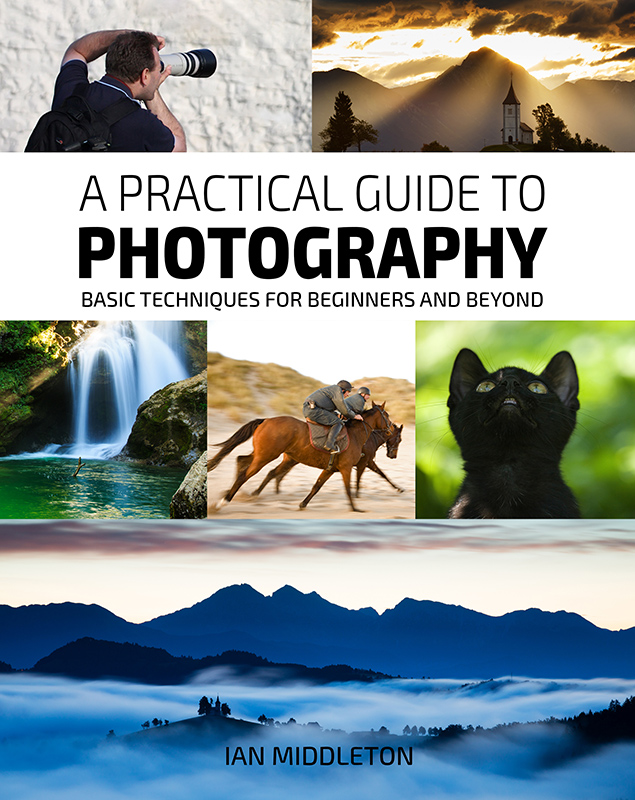Who is in control of the light?
Unlike a studio photographer, who has complete control over the light, when it comes to landscape photography we are totally reliant on natural light. Therefore Mother Nature is in control, and sometimes she has a rather cruel sense of humour. She will rarely comply with your needs, unless you persevere and work for it. But more often than not, you may have to adapt to her moods.
As a landscape photographer I have, over the years, learned to visualise a scene or image and get a rough idea of what kinds of photographs I want to achieve at a given location. Now I say, “kinds of photos”, because there is never just one great photograph. Thinking this way only hinders your creativity. If you are lucky enough to be able to re-visit a location then over a period of time you will likely start to visualise one or a number of images that you would like to create. You can also visualise many different compositions, and each return will invoke new ideas.
When the natural light is not suited to the type of photography you have set out to do, or things aren’t going your way, use this time to look around and think about other compositions and possible photos for other times. If the light for your chosen composition is not right, look around you; it might be better elsewhere. All this ensures that you are more prepared when the magic happens.
Planning your photography trip
If you only get to visit a place once, then you need to plan ahead of time as best you can. Maybe you are spending a week or more at a given location, in which case you can develop and plan ideas over the course of that week; unless the scene immediately smacks you in the face, like it did me on Lošinj. Or it may be a location that you are able to return to time and time again, whether it’s once a year or much more frequently at different times of the year. One of the best ways to practice this is to choose a location close to your home.
Working the light
Planning is an important part of landscape photography. If you don’t know a location then it’s useful to study up on it by looking at maps and photos taken by others. If you can, make a scouting trip of the area. Of course you can’t plan for everything and some locations you come across by surprise; in which case you either have to work there and then to get the best out of it, or log it and plan for a return trip if possible.
When it comes to landscape photography, many factors come into play if you are working with natural light: orientation, weather, season, time of day/year. Once when photographing on Lošinj Island, I knew that my boathouse was on the east side of the island and north-facing. Therefore the best time to capture it is not only in the morning, but also in summer when the sun is further north. When the sun is further south during other times of the year then it will rise over the land behind. I needed the warm morning sunlight to fall on the front of the boathouse.
Many ways to plan your photography trip
There are many ways you can plan. Use a map, or Smartphone app to gauge your orientation. TPE (the Photographer’s Ephemeris) is a great tool for seeing when and where the sun will rise and set at certain times of the year in relation to your position. Which season is best for the colours or look you want? What will the weather be like? Now of course we all know how unreliable the weatherman can be, but with modern technology chances of a correct or near enough prediction are higher than they used to be. I use an app called “Clear Outside” which is an astronomical weather forecast that is great for seeing how much cloud cover there might be.
It doesn't always go to plan
As mentioned earlier, Mother Nature sometimes has a cruel sense of humour. We all know that weather forecasts are never entirely reliable or accurate. However, even when the forecast is accurate, the light is perfect and everything seems to going your way, Mother Nature may have a nasty surprise for you.
In Slovenia there is an iconic photography location where the Church of Saint Thomas sits on a hill in a valley surrounded by mist and backed by beautiful alpine mountains. It’s best photographed when the sun is in the south, as it hits the church and hill from the side. But, using TPE, I had seen that in high summer it rises over the mountains behind. I wanted to capture an image of the scene with the sun bursting over the mountain peak, but instead ended up with something entirely different.
After a weekend of rain I had checked the forecast and the clear outside app. The chance of perfect conditions looked good: clear skies, which meant the sun would be visible, three days of rain followed by a clear night meant a high chance of mist in the valley. So, I set off at 4am.
Never alone at popular photography spots
I was not the only photographer there, as is often the case when shooting popular locations such as this. A Slovene photographer also had the same idea. What followed next though, you couldn’t make up. The morning was perfect, just as predicted. We got great shots as the sun rose behind the mountains and painted the sky above. Mist drifted through the valley around the church. As it climbed higher we could see the exact position where it would break the mountaintop, as that portion of the sky grew much brighter than the rest.
I composed my scene, positioned my 3-stop grad and eagerly awaited the magic moment. Then it happened: right as the tip of the sun twinkled over the peak and its rays should have spread down the mountainsides, a thick bank of mist blew right in and completely obscured the scene. The church, valley and pretty much all of the mountains disappeared behind it. Cries of disbelief echoed through the valley in both Slovene and English.
Adapting to the changing conditions
However, rather than stamp my feet and shake my fist at Mother Nature, I worked with her. Immediately, I changed tactics, zoomed in and re-composed. Instead of what I wanted, I worked to capture this moody, misty scene instead.
The mist cleared as quickly as it had come, but by then the sun was already above the mountains and the light was now too strong for any more wide views. It’s natural to assume that in such harsh light conditions photography is impossible.
However, once again I adapted and zoomed in closer to the church. The mist was still drifting through the valley and once more I worked with the conditions and while it wasn’t the shot I had planned, I came away with my favourite shot of the morning.
Make the best of the natural light available
So as you can see, when it comes to landscape photography we are at the mercy of natural light. However, rather than stick stubbornly to what we have planned or envisaged, more often that not we will have to be reactive when the light doesn’t work in our favour. But therein lies the challenge.
















